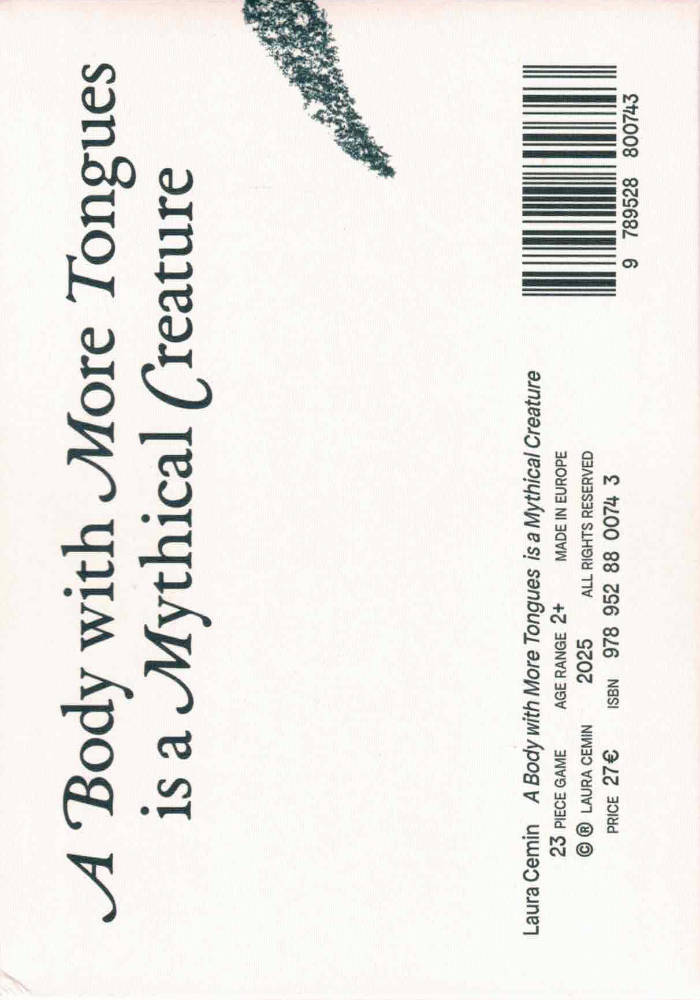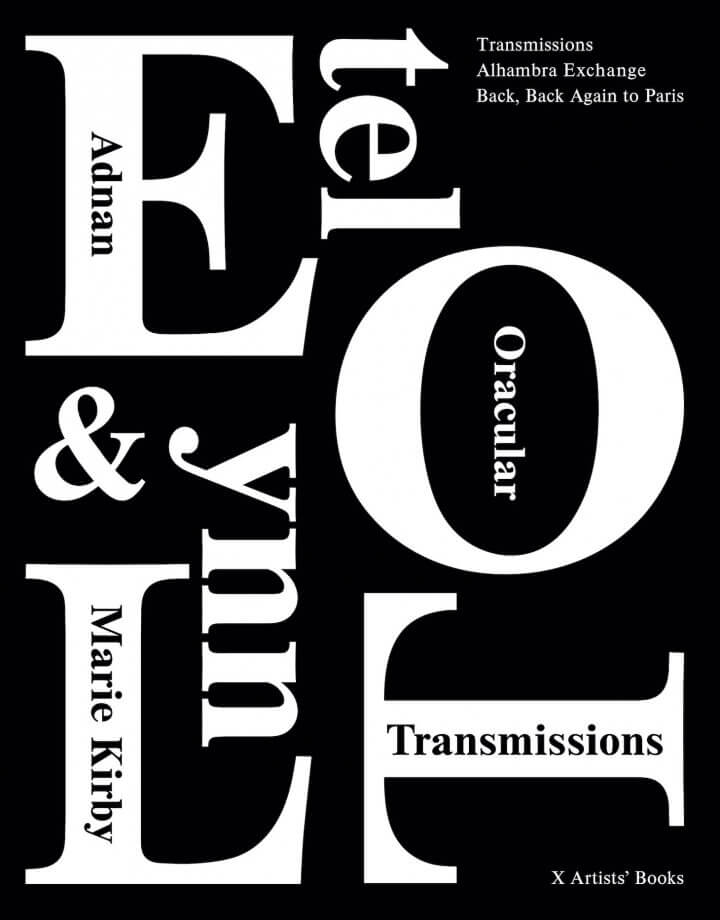
Waters' Witness #02
An exploration of the soundscape of coastal cities by the French-Lebanese artist.
Tarek Atoui's exhibition at Mudam Luxembourg – Musée d'Art Moderne Grand-Duc Jean, Waters' Witness, is based on the artist's ongoing project I/E, initiated in 2015, in which Atoui documents the human, ecological, historical and industrial realities of coastal cities such as Athens, Abu Dhabi, Singapore, Beirut or Porto by means of sound recordings.
As an accompaniment and an extension of the exhibition, Mudam is publishing Waters' Witness #02, the third volume in a series initiated by the Serralves Museum dedicated to this ambitious and collaborative project, which seeks to explore the different ways in which sound can be experienced.
This publication includes an interview between Tarek Atoui and his long-time collaborator, artist and musician Éric La Casa; a visual contribution by photographer Alexandre Guirkinger; a rich iconography including views of the exhibition at Mudam Luxembourg and an introduction by curators Sarah Beaumont and Joel Valabrega.
Language: English





